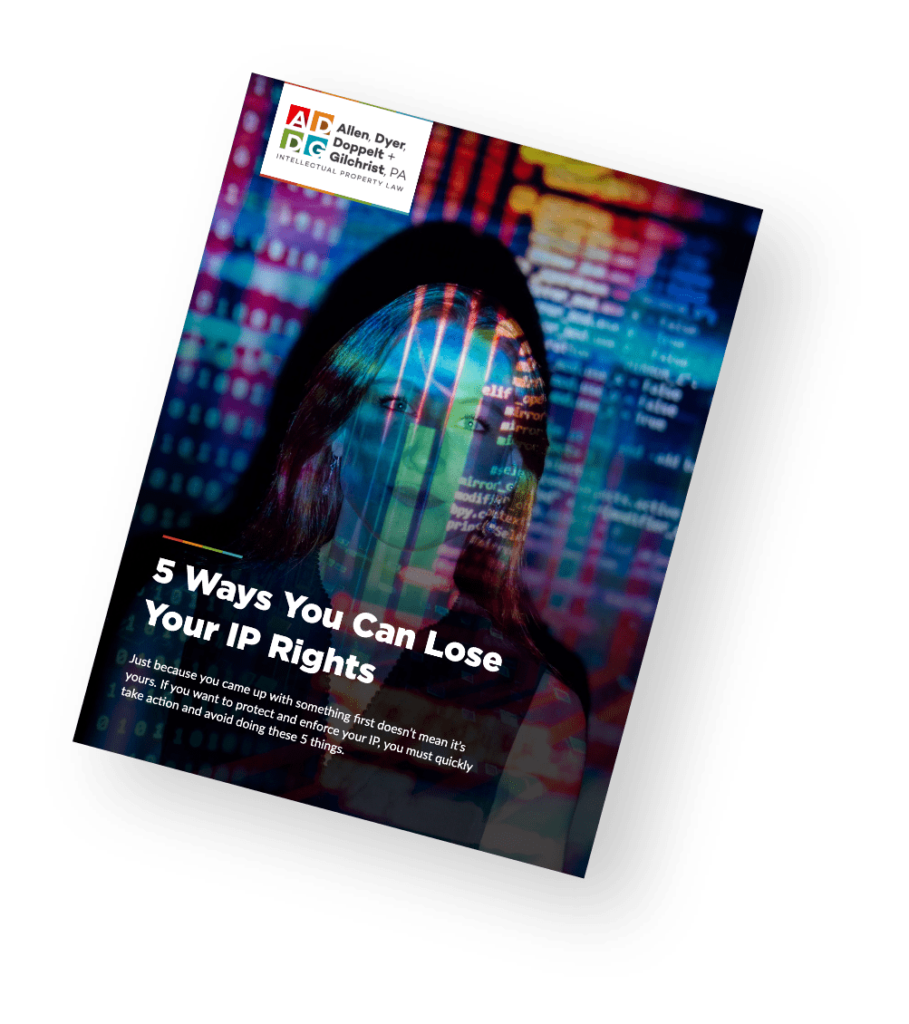Securing a trademark helps companies and entrepreneurs maintain brand identity and legal protection for their valuable intellectual property. Unfortunately, some trademarks can fall into “abandoned” status due to missed deadlines, incomplete filings, or unintentional oversights, and become what is known as an abandoned or dead trademark. When this happens, businesses may be left wondering if they can revive their abandoned trademark and resume the registration process. The good news is that, under certain conditions, it is possible to regain an abandoned trademark and continue the process of securing full trademark protection.

Petition to Regain Trademark Applications: The Fundamentals
When a trademark application is marked as abandoned by the United States Patent and Trademark Office (USPTO), it may seem like the registration process has come to an ignoble end. However, a petition to revive the abandoned trademark can often provide a secondary route to regaining your trademark rights. The most common reasons for trademark abandonment include failing to respond to an office action, missing a filing deadline, or neglecting to submit a required document, such as a Statement of Use.
A Notice of Abandonment will typically be issued by the USPTO, alerting the applicant that their trademark application has been abandoned. At this stage, all is not lost. By filing a Petition to Revive, applicants may have the opportunity to reverse the abandonment status. The petition must demonstrate that the delay in responding or filing was unintentional. Strict deadlines must now be adhered to; most importantly, a petition must be filed within two months of the Notice of Abandonment.
Petitioning to revive an abandoned trademark requires attention to detail and USPTO rules, including the payment of all necessary filing fees and the submission of any missing documents. For example, if abandoning the application was due to a failure to respond to an office action, the response must be included with the petition. Once filed, the USPTO will review the petition and determine whether the application can be revived, allowing the registration process to resume.
Forms and Requirements to Regain
Reviving an abandoned trademark application involves more than just a simple request to the USPTO. Applicants must complete specific forms and requirements, depending on the reason for abandonment. These requirements vary, but generally fall into two categories: applications abandoned due to failure to respond to an office action, and those abandoned due to failure to file a Statement of Use or extension request.
For an abandoned application, the primary form to file is the Petition to Revive Abandoned Application. This form must be accompanied by the appropriate petition fee and any missing documents that were required at the time of abandonment. If the application was abandoned because of failure to respond to an office action, the applicant must submit a complete response to having received the office action along with the petition. For cases where the applicant failed to file a Statement of Use or request an extension, these documents, along with the relevant filing fees, must be submitted as part of the revival process.
The petition must also include a Statement of Unintentional Delay, which is a declaration that the abandonment was not intentional but occurred due to oversight or other justifiable reasons. This statement informs the USPTO’s determination of whether the application can be revived. Applicants must file the petition within the two-month response period after the Notice of Abandonment is issued, or they risk permanently losing their chance to revive the application.
Steps to Petition to Regain an Abandoned Trademark Application
To successfully petition the USPTO to revive an abandoned trademark application, follow the steps outlined below so that all necessary actions are completed within the required timeframe to avoid further delays or potential denial of the petition.
- Identify the cause of abandonment: Determine why the application was abandoned (e.g., missed response to the office action or failure to file a Statement of Use).
- Collect required documents: Complete the Petition to Revive Abandoned Application form and gather any missing documents (e.g., complete response, Statement of Use, or extension request).
- Pay necessary fees: Submit the petition fee and any other required filing fees.
- Submit a Statement of Unintentional Delay: Include a signed statement explaining that the delay in filing was unintentional.
- File the petition within the response period: File the petition within two months of the Notice of Abandonment, or up to six months if no notice was received.
- Wait for USPTO review: The USPTO will review the petition and notify the applicant if the application has been revived or if further action is needed.
Reviving the Trademark Application When the Applicant Failed to File a Statement of Use or Ask for an Extension
Trademark applications often fall into abandonment status when the applicant fails to file a Statement of Use or request an extension of time to submit this document. A Statement of Use is required to show that the trademark is actively being used in commerce, an important step in finalizing trademark registration. If this deadline is missed, the USPTO will declare the application abandoned.
To revive an application in this situation, the applicant must file a Petition to Revive, accompanied by the required statement or an extension request. The steps include:
- Submit the statement of use or extension request: If the abandonment resulted from not filing a Statement of Use, you must submit it along with the petition. If more time is needed, file an extension request.
- Include a Statement Of Unintentional Delay: A signed statement confirming that the failure to meet the deadline was unintentional is necessary to support the petition.
- Pay applicable filing fees: The petition must be accompanied by the relevant filing fees for the petition and the Statement of Use or extension request.
How Must a Statement of Unintentional Delay Be Worded?
Perhaps the most important component of the Petition to Revive an abandoned trademark is the Statement of Unintentional Delay. This statement informs the USPTO that the delay in filing or responding was not intentional but rather an oversight or mistake. The USPTO generally accepts such statements, as long as there’s no evidence that the delay was deliberate.
The statement must be concise and specific, clearly affirming that the missed deadline was unintentional, for example:
“The failure to file the required document or response within the prescribed time period was unintentional and occurred due to an oversight. We respectfully request the revival of the abandoned application.”
The Statement of Unintentional Delay must be signed by someone with firsthand knowledge of the case, such as the trademark applicant or their attorney.
Schedule a Consultation With an Experienced Trademark Attorney
If your trademark application has been marked as abandoned, consulting with an experienced trademark attorney can provide the support you need to revive your application and protect your brand. Contact us to schedule a consultation and get the help you need to regain an abandoned trademark today.
About the Author
Matthew McKinney practices in all areas of intellectual property, representing a wide range of clients in connection with the acquisition, transfer, enforcement and defense of their intellectual property rights.

Share This



